The Réserve Naturelle Coussouls de Crau is a steppe area situated between the Alpilles mountain range and the mouth of the Rhone river. Despite being so close to the Camargue, La Crau is characterised by drought and parts of it are very arid.
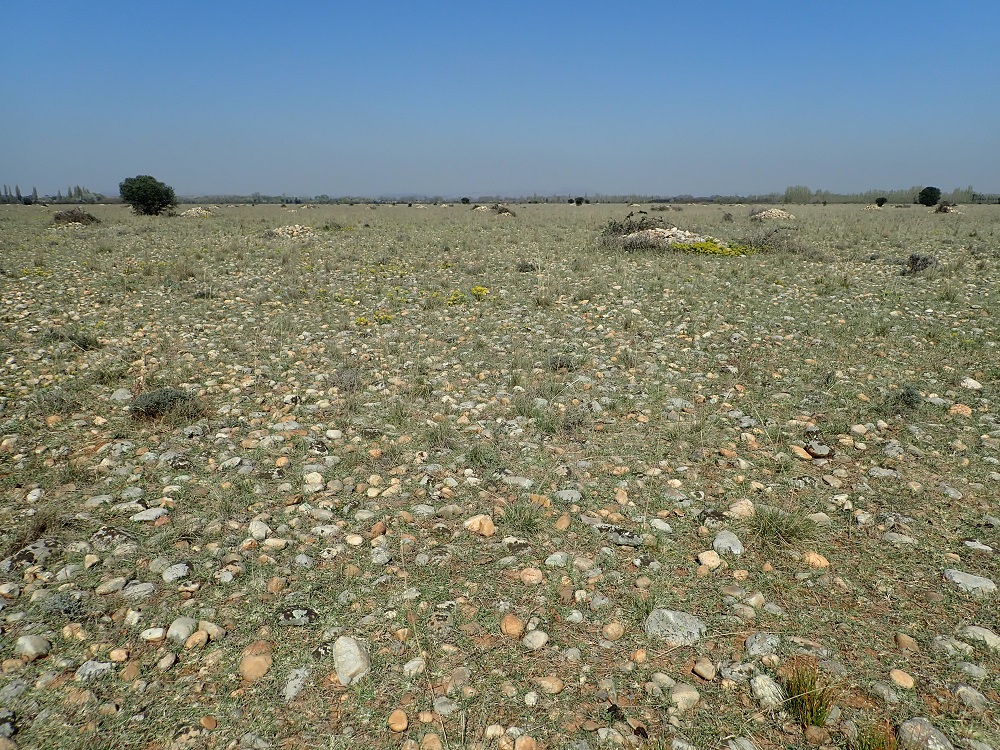
The stony steppe
The coussouls are the ancient remnants of a dried river delta which has deposited a bed of silt and pebbles here, leading to the stony steppe we see today. The fine particles among the alluvial cobbles preclude many plants from reaching the deeper groundwater, leaving only shallow-rooted shrubs able to establish here.
More recent human history has helped to shape this unique habitat further. Since the 16th century, traditional sheep grazing has taken place on La Crau, typically in winter when higher rainfall and lower temperatures lead to more foliage for the herds. This grazing cycle has contributed to the biodiversity of La Crau, as has the collection of stones into rock piles in many areas. These piles provide vantage points for birds such as falcons and shrikes, and refuges for Ocellated Lizards.
Altogether, although La Crau may initially appear barren, such steppe habitat is very rare and supports some unique fauna and flora. La Crau was protected as a Réserve Naturelle in 2001.
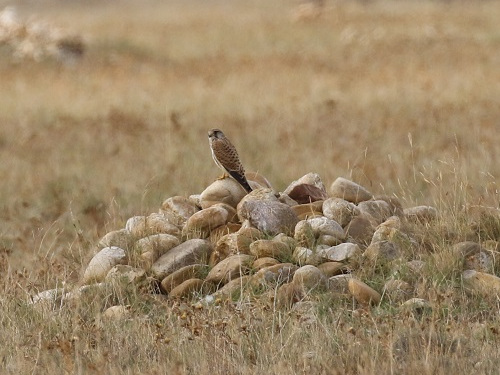
Common Kestrel (Falco tinnunculus) on a pile of rocks
Flora in La Crau largely consists of short scrubby vegetation including Wild Thyme (Thymus vulgaris), coarse grasses and Asphodels. White Rock-Roses can also be found here, along with the Squirting Cucumber (Ecballium elaterium), which ejects its seeds under extreme pressure when the fruits are ripe.
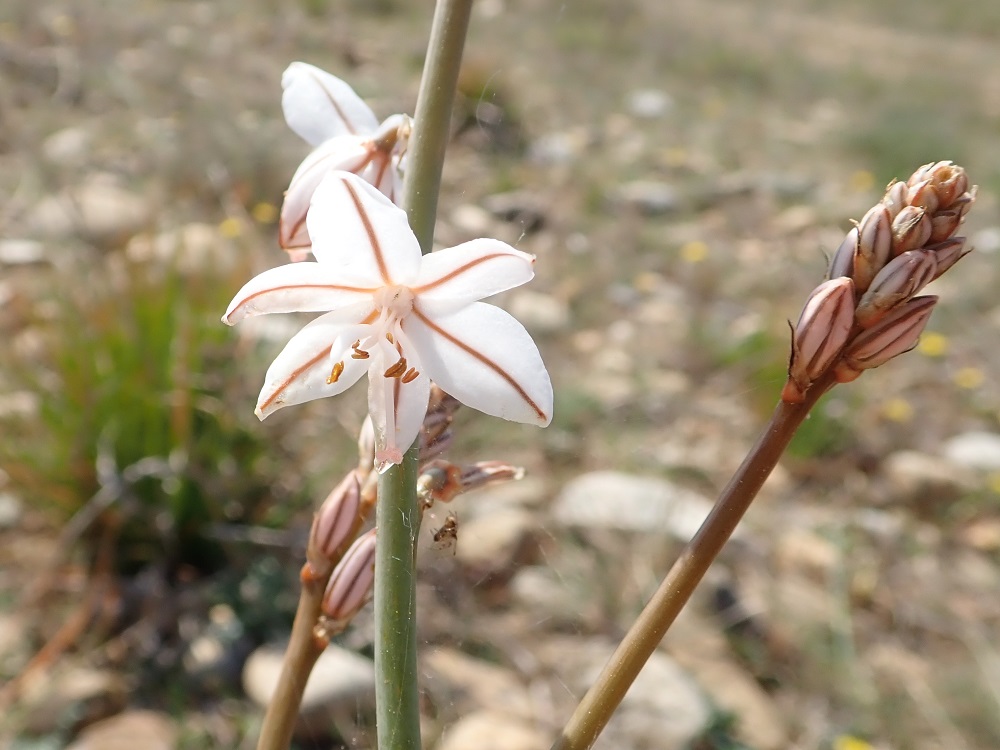
Asphodel (Asphodelus ayardii)
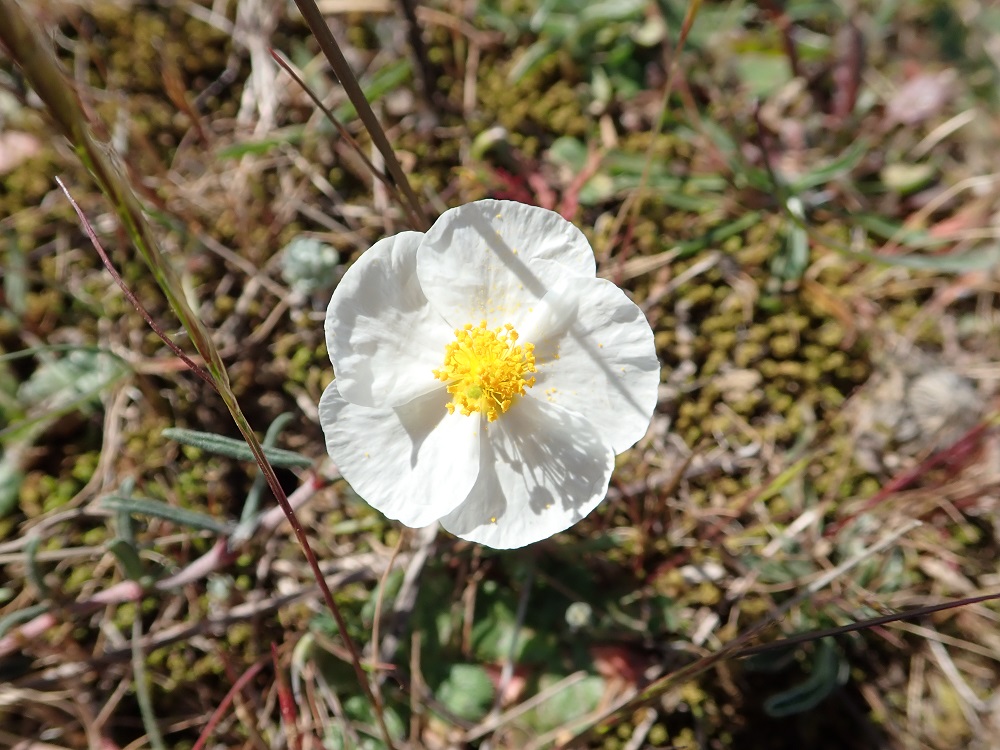
White Rock-Roses (Helianthemum apenninum)
Invertebrates present include many grasshoppers, including the endemic Crau Stone Grasshopper (Prionotropis rhodanica) as well as an endemic beetle, the Crau Buprest (Acmaeoderella cyanipennis). Butterflies are plentiful here, including Bath Whites (Pontia daplidice). The stones also provide refuge for large spiders and Mediterranean Banded Centipedes (Scolopendra cingulata).
These in turn provide important food sources for predatory birds such as the Iberian Grey Shrike and falcons including Common Kestrels, Lesser Kestrels (Falco naumanni) and Red-Footed Falcons (Falco vespertinus).

Handsome Cross Grasshopper (Oedaleus decorus)
The plains of La Crau also provide habitats for many ground-dwelling birds, and it is home to the only population of Pin-tailed Sandgrouse, (Pterocles alchata) in France. It is also a good place to spot Little Bustards, Eurasian Stone-Curlews (Burhinus oedicnemus) and Red-legged Partridges (Alectoris rufa) moving among the cobbles. Other birds in the area include passerines such as Eurasian Skylarks (Alauda arvensis), Calandra Larks (Melanocorypha calandra), Crested Larks (Galerida cristata), Eurasian Linnets (Linaria cannabina), European Stonechats (Saxicola rubicola), Corn Buntings (Emberiza calandra) and Northern Wheatears.

Iberian Grey Shrike (Lanius meridionalis)

Northern Wheatear (Oenanthe oenanthe)
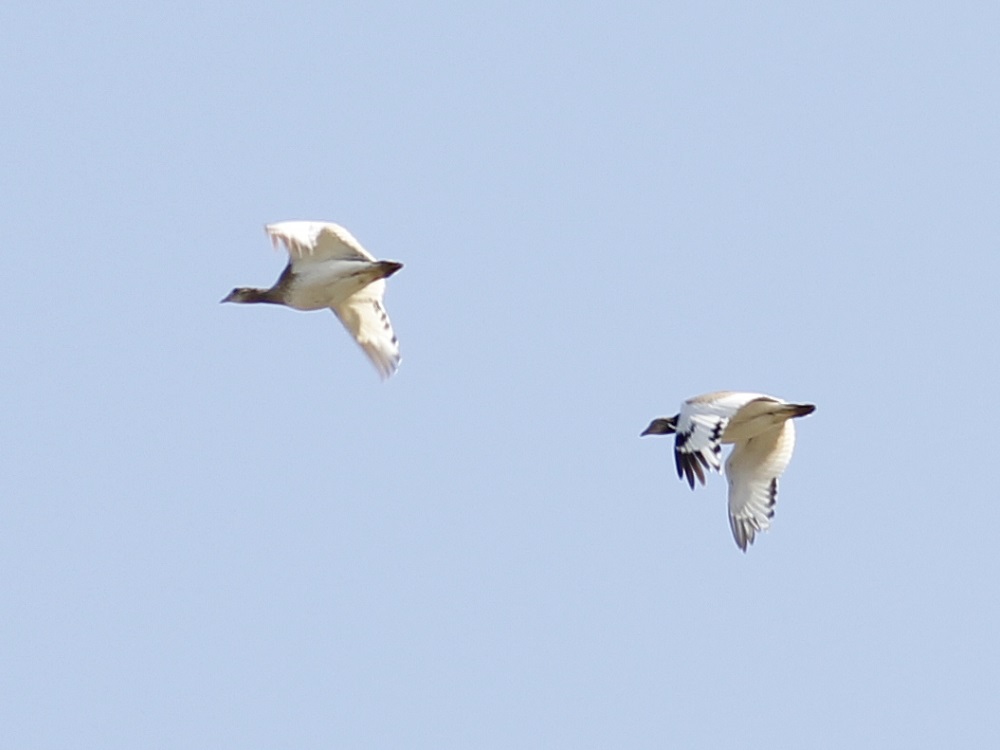
Little bustards (Tetrax tetrax)
It may seem like the area is very much dominated by birds, but La Crau is also the part of France where the near-threatened Ocellated Lizard is most frequent. This is the largest species of lizard in Europe, reaching a total length of 70cm.
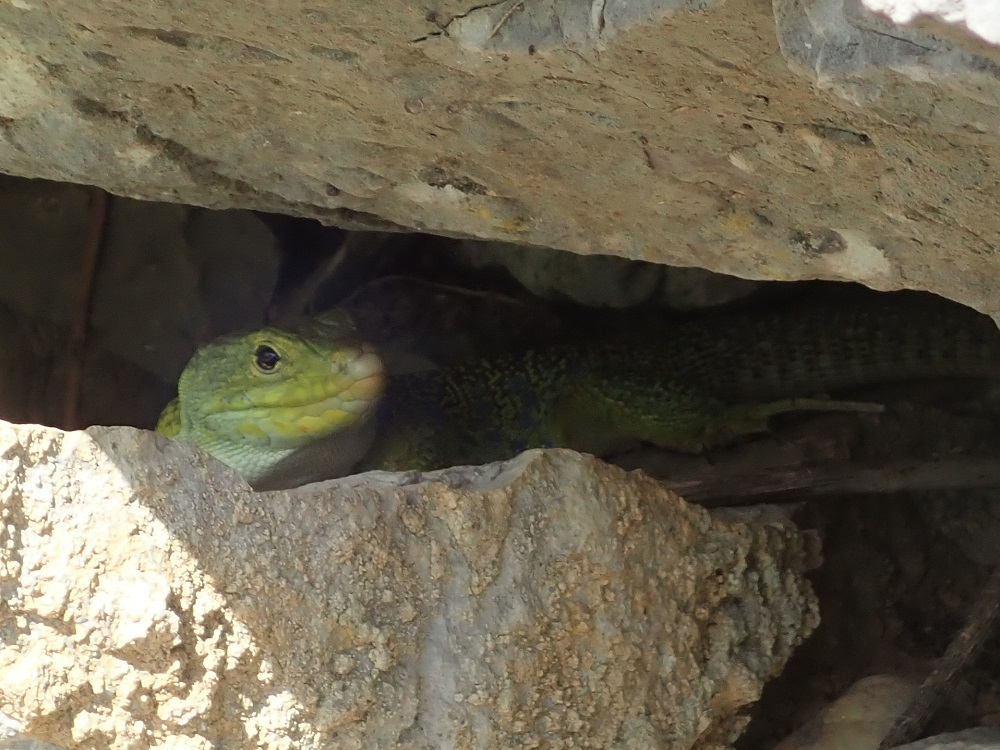
Ocellated Lizard (Timon lepidus)

Ocellated Lizard (Timon lepidus)
On a day trip to La Crau, we can visit the excellent Ecomusée de la Crau, which has displays describing the ecology of the reserve. We can also arrange to walk the 4.2 km Sentier de Peau de Meau, situated in the protected area of the reserve. This trail takes us through the cobbled steppes, past an ancient sheepfold bearing the carvings of generations of shepherds, and finally along a freshwater channel that is rich in Odonata.

Ecomusée de la Crau

Carved sheepfold wall
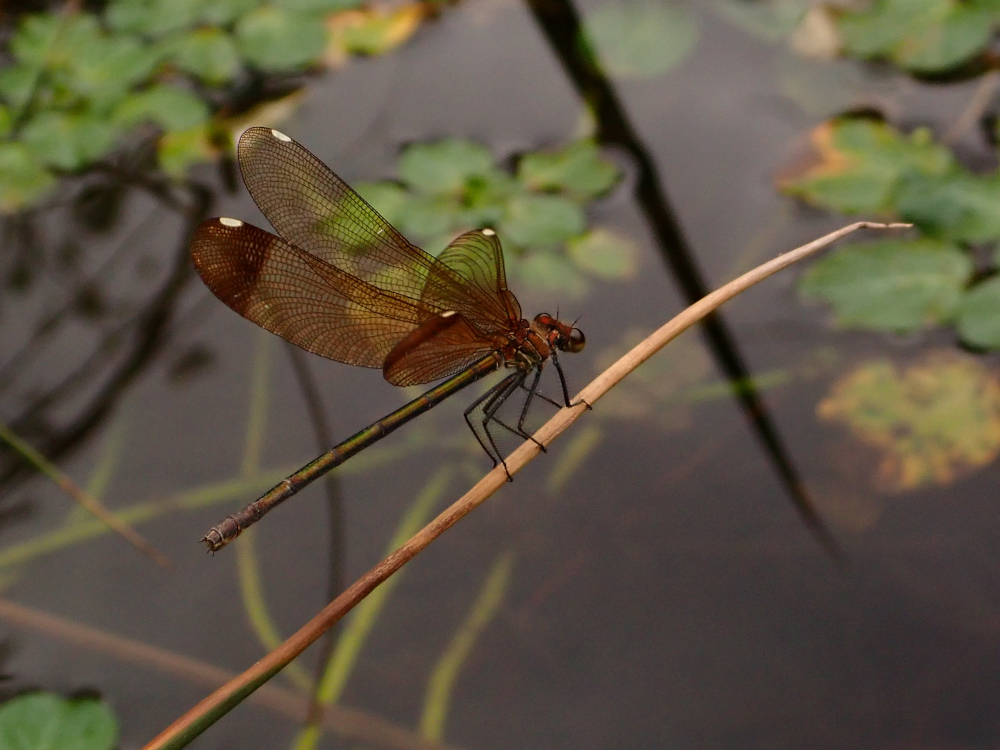
Copper Demoiselle (Calopteryx haemorrhoidalis)